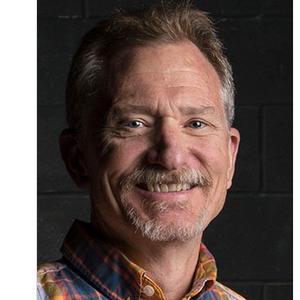Office: AZ E206E
Phone: (970) 491-5100
Education
- Ph.D., University of California, Davis
About
Previously, my research program is centered on investigating the regulation of gene expression in eukaryotic cells at the level of transcription. My laboratory used two model organisms/cells, yeast and human T-cells and model promoters of the PHO5 gene and the HTLV-1 LTR. We used both in vivo and biochemical approaches to address the mechanism of transcriptional repression and activation in chromatin. Initially, the research in my laboratory focused on the role of chromatin structure in transcriptional regulation using the yeast system. We have developed a yeast chromatin assembly system that is the most widely used by other laboratories conducting analysis of transcriptional regulation in a chromatin context. We employed this system to investigate the mechanism of PHO5 transcriptional regulation. My research program expanded into human T-cells and HTLV-1 Tax transactivation in collaboration with Jenny Nyborg and Karolin Luger.
Over the past decade, I have become aware of the need for teacher-scholars in the life-sciences discipline (discipline-based educational researchers or DBERs) to improve retention and success of students in the sciences, particularly traditionally underrepresented students. I have moved away from traditional lecture to an inverted classroom model to allow students to interact and engage with the core concepts and big ideas in cell biology and biochemistry. This has included the use of iClicker response system, 3D-printed models and other molecular models, in-class hands on learning activities, Learning Assistant led small group exercises and engagement through socio-scientific issues like cancer and beer brewing. I am working with CSU TILT and C-ALT to develop and implement best teaching practices.
Current funding includes NSF and NIH support for programs providing undergraduate research experiences for minority and first generation students from Front Range Community College and primarily undergraduate institutions across the United States. In connection with this, I lead efforts to offer professional development for undergraduate students conducting research and their mentors based on "Entering Research" and "Entering Mentoring".
Recent funding from NSF supported collaborative research with Meena Balgopal, Department of Biology, and faculty at Minnesota State University - Moorhead on implementing writing-to-learn (WTL) activities in large introductory life science courses. Our purpose is to improve learning outcomes through increased scientific literacy for all students. The WTL activities engaged students through a socio-scientific issue (cancer treatment) through iterative writing evoking cognitive-affective-behavioral knowledge. We designed the WTL activities to maximize peer and self-evaluation opportunities, while minimizing the time required for instructor assessment. Students used graphic organizers to organize and make meaning of relevant scientific content and concepts introduced through reading, lecture, and discussions. WTL activities had significant positive impact on learning outcomes, scientific literacy and exam performance. We compared the learning outcomes in the same course taught by the same instructor with and without the WTL activities described here (no writing, three WTC assignment and one WTC assignment on all three core topics). We found that WTL significantly improved learning outcomes, particularly for first generation and underrepresented minority students.
I strongly support efforts to increase diversity in the science workforce. I am a member of SACNAS and a fellow in the CSU Faculty Institute for Inclusive Excellence.

